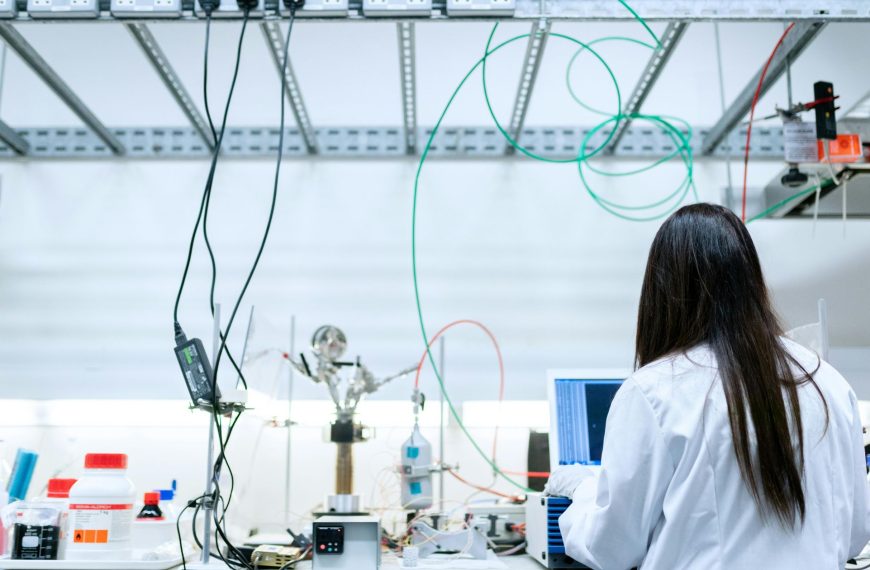With new U.S. tariffs making headlines and global supply chains still fragile, more SMEs are hearing the term “reshoring.”
At first glance, it sounds like a step back: bringing production home, reducing global exposure, turning inward. But that’s a misconception.
Reshoring isn’t about isolation—it’s about building resilience so you can compete more effectively on the global stage.
What Is Reshoring—Really?
For SMEs, reshoring means strategically moving parts of your supply chain closer to your home market—not necessarily all the way back to your own country. This could include:
- Switching from distant suppliers to UK or EU-based manufacturers
- Setting up final assembly or packaging nearer to customers
- Partnering with local producers to improve quality, speed, or compliance
The goal? Reduce vulnerability to tariffs, pandemics, geopolitical shocks, or shipping delays—without giving up international growth.
Reshoring vs. Internationalisation: Not Opposites
Many assume reshoring means scaling back globally. In reality, the two can—and should—work together.
Today’s smartest SMEs are:
- Manufacturing locally but selling globally via e-commerce or distributors
- Using local production as a base to license, franchise, or export digitally
- Building regional manufacturing hubs to serve multiple markets efficiently
You don’t need overseas factories to be an international business. In fact, a strong local base can make global expansion faster, leaner, and more agile.
Why Reshoring Can Fuel Global Growth
- Lower risk: Less exposure to currency swings, trade wars, and logistics chaos
- Faster iteration: Adapt products quickly for new markets
- Stronger brand: “Made in [your country]” can boost trust and premium positioning
- More control: Free up management bandwidth to focus on growth, not firefighting
Is Reshoring Right for Your SME?
Ask yourself:
- Where are our biggest supply chain vulnerabilities?
- Could shorter lead times improve customer experience?
- Are we over-reliant on a single region or supplier?
If yes, it may be time to explore reshoring—not as a retreat, but as a strategic reset.




